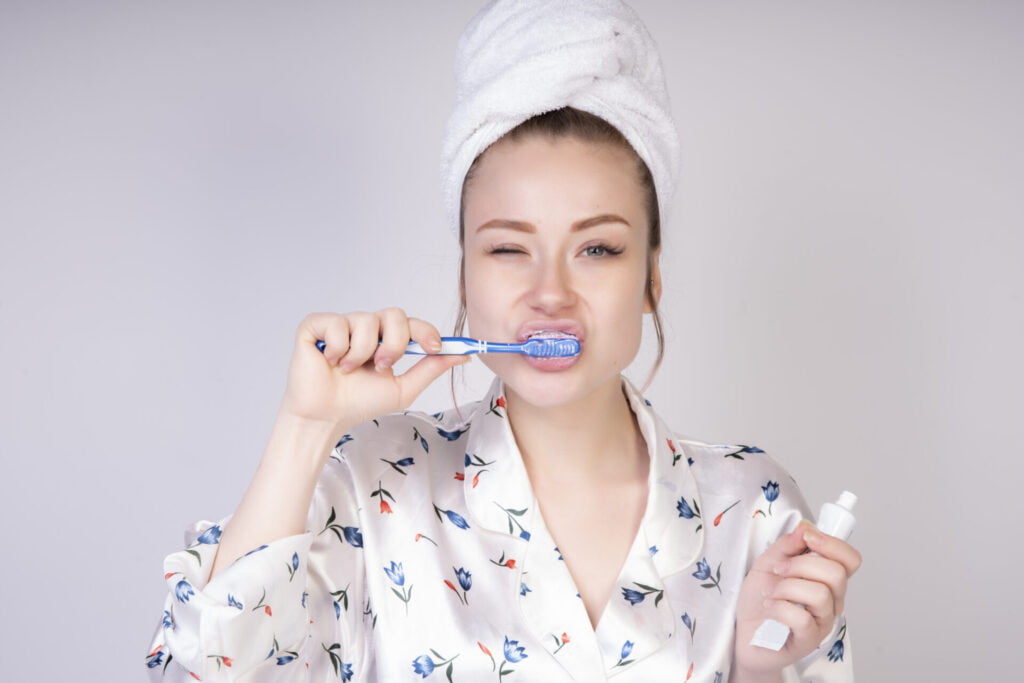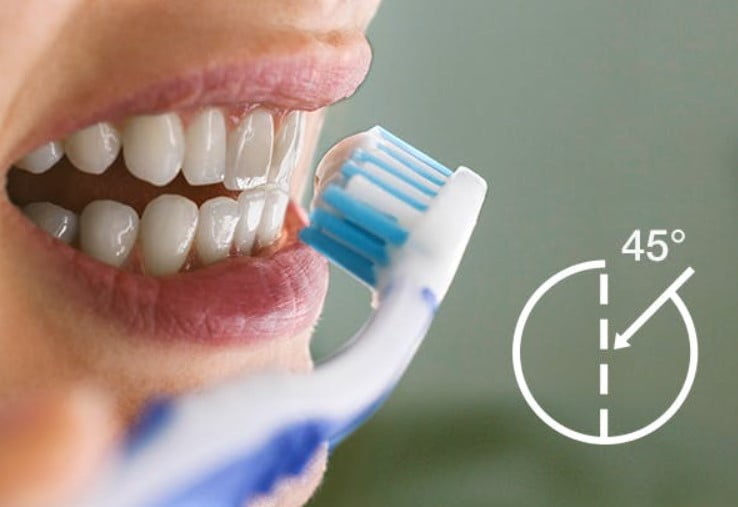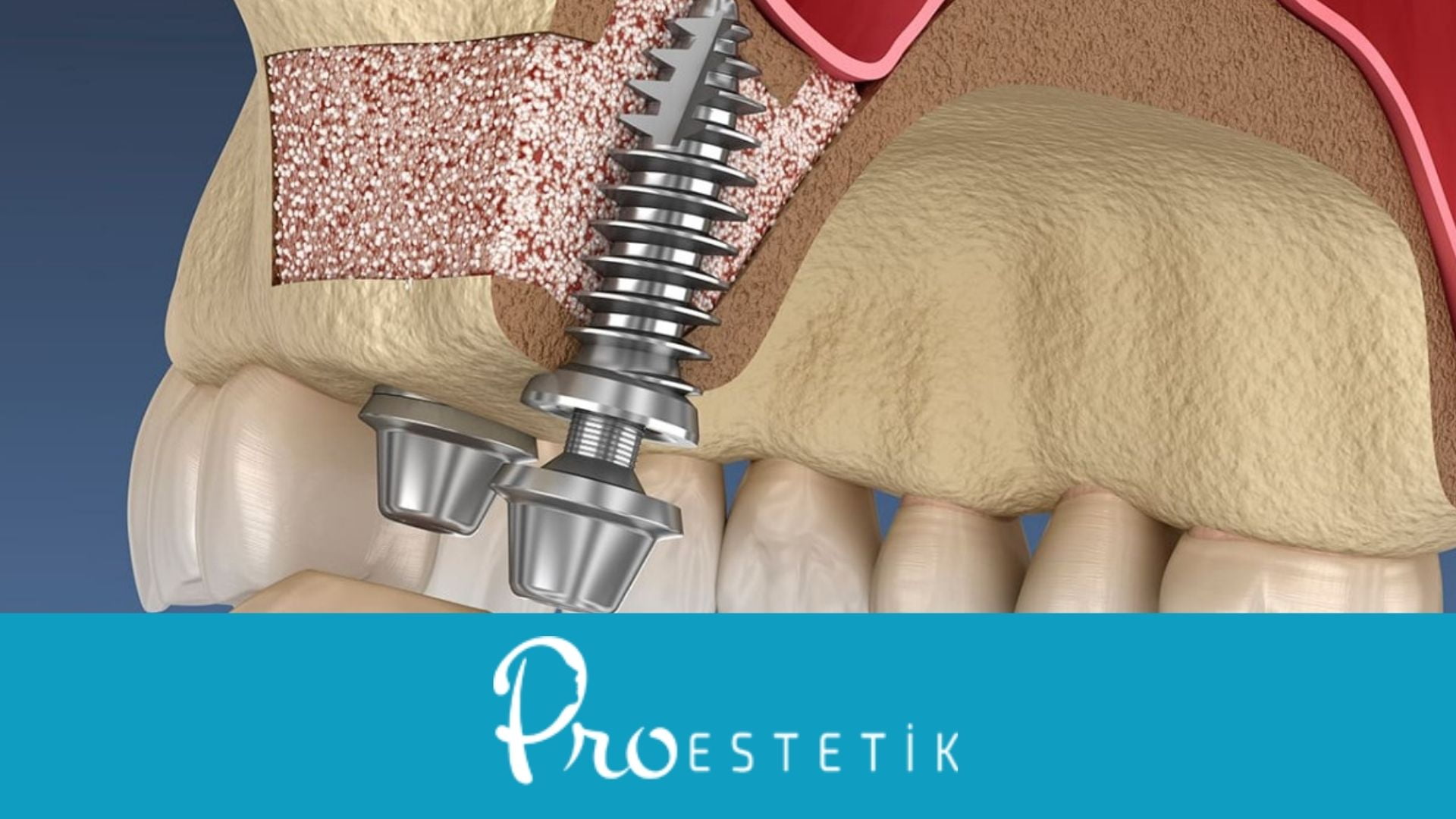Maintaining regular toothbrushing is crucial for dental and gum health. Plaque buildup over time can lead to various issues such as gum bleeding and recession. Therefore, knowing the correct toothbrushing technique is essential for everyone. Proper toothbrushing helps in keeping our teeth and oral health in check.
Toothbrushing removes plaque from the surface of the teeth, reducing bacterial buildup and preventing problems like decay, gum diseases, and bad breath. Additionally, regular toothbrushing helps in keeping teeth looking whiter and healthier. Thus, making toothbrushing a daily habit and applying it correctly is of great importance.
Correct Toothbrushing Technique

Brushing teeth before breakfast in the morning and before bedtime at night is the most important step in maintaining dental and gum health. Along with toothbrushing, using dental floss and mouthwash regularly is also important for our oral health.
Since our mouth is vulnerable to external bacteria and viruses, neglecting toothbrushing should be avoided as harmful bacteria and viruses can affect our overall health through the mouth. Regular cleaning of our mouth is the most effective way to prevent this. Below, we will discuss the most effective toothbrushing techniques.
Bass Method

The Bass method is the fundamental toothbrushing technique recommended by dentists for everyone. This technique allows for easy back and forth movement of the brush, effectively cleaning the gum margins.
In the Bass method of toothbrushing, the bristles of the brush are placed at a 45-degree angle to the long axis of the teeth and gum margins. The movement is repeated back and forth without lifting the brush, around 20 times.
Charters Method
Patients undergoing surgical procedures on the gums are advised to use the Charters method for toothbrushing. The bristles of the toothbrush should be soft and flexible. Place the brush at a 45-degree angle to the outer surface of your teeth and brush with short back-and-forth movements.
Modified Stillman Method
The toothbrush is placed directly on the gum line. Gentle pressure is applied in back-and-forth and up-and-down movements towards the gum margins to clean the teeth. This brushing technique helps prevent gum recession.
Roll Method
The brush is placed at a 45-degree angle to the tooth surface. The brush is gently pressed against the tooth structure. This is a technique that can be easily applied by everyone. Circular motions are used to clean the teeth.
What Should the Toothbrush Be Like?
Brushing teeth with the correct toothbrush is of great importance for proper oral health. The ideal characteristics of a toothbrush are as follows:
- Soft and flexible bristles help clean plaque without causing damage to teeth or gums.
- The brush head should be small and round to easily reach the back surfaces of your teeth and other hard-to-reach areas.
- The size of the toothbrush should fit your mouth structure. Individuals with a small mouth should choose a small-sized toothbrush.
- The toothbrush should be replaced regularly. The bristles of the toothbrush wear out over time, reducing the effectiveness of brushing. Therefore, it is necessary to replace your toothbrush every 3-4 months.
Frequently Asked Questions
- What happens if you don't brush your teeth for a day? Skipping toothbrushing for a day does not pose a significant threat to your oral health. You can continue with regular toothbrushing the next day. However, if you regularly neglect toothbrushing, you may experience bad breath, tooth discoloration, and gum problems.
- Should teeth be brushed when waking up? Yes. Brushing teeth twice a day, before breakfast in the morning and before bedtime at night, is recommended.
- Should the toothbrush be wetted? No. Wetting the toothbrush before brushing causes it to lose its firmness. There is enough liquid in the mouth to create foam with toothpaste.
- Does toothbrushing slow down decay? Brushing teeth and using dental floss daily are crucial steps for oral health. This helps in removing plaque, which can lead to decay, and prevents tooth decay.
- How long should you brush your teeth? The toothbrushing process should last at least 2 minutes, with each tooth being brushed 7 to 10 times.

 English
English Turkish
Turkish Deutsch
Deutsch العربية
العربية![[:en]What is the Correct Toothbrushing Technique? How to Brush Teeth?[:tr]Doğru Diş Fırçalama Tekniği Nedir? Dişler Nasıl Fırçalanır?[:de]Was ist die richtige Zahnputztechnik? Wie putzt man die Zähne?[:ar]ما هي التقنية الصحيحة لتنظيف الأسنان؟ كيفية تنظيف الأسنان؟[:] doğru diş fırçalama tekniği](https://proestetik.com.tr/wp-content/uploads/2023/05/dogru-dis-fircalama-teknigi.jpg)










